Raising Goats: A Complete Guide for Beginners
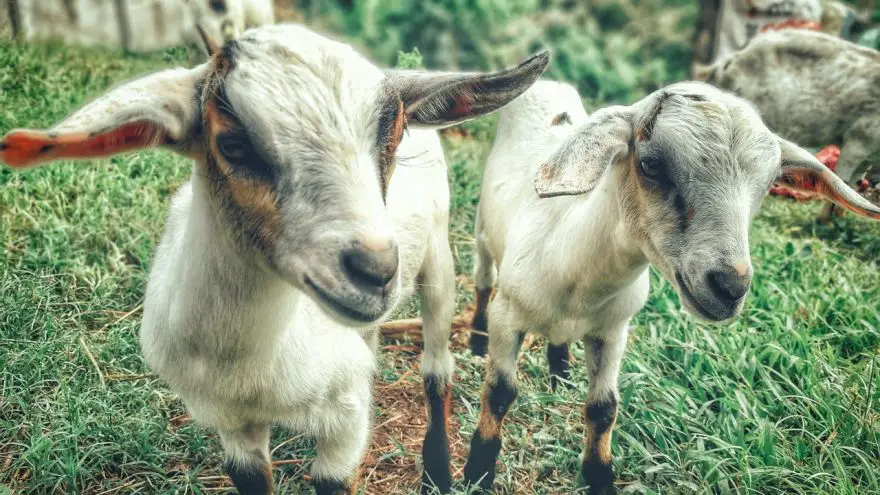 Raising Goats: A Complete Guide for Beginners
thegearhunt.com
Raising Goats: A Complete Guide for Beginners
thegearhunt.com
Raising goats can be an experience that is frustrating, rewarding, and fun, all at the same time. Some goats will be hellions. Milking can become a battle, and they will even stomp their little hooves right in the milking pail. If they are bothered by something – like a cat or a chicken, they can even use their teeth to throw their feed buckets at whatever is offending them. Weaning can be a noisy endeavor, and on top of everything else, they can go over, under, and even through fences.
That being said, not all goats are like that. If they were all like that, nobody would be caught dead raising them. There are also goats who are obedient, docile, and great fun to be around. One tip that you might want to heed is that if you want a goat that will be more docile, get him while he is young as opposed to as an adult. Also, go into this armed with the knowledge that people who own goats tend to only want to sell their problem goats.
Getting Goats
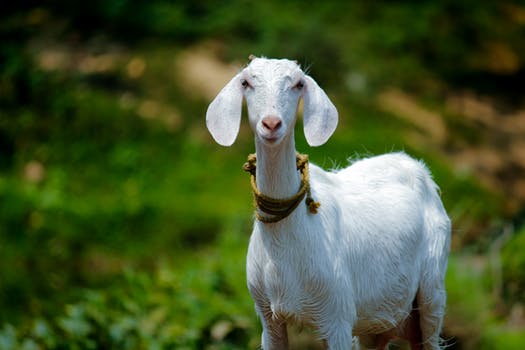 At auctions where you can buy livestock, you don’t know if the animals you purchase will have any health issues. Goats can get a condition known as shipping fever, that is triggered by the stress that is related to confinement and shipping, and they might just get diseases from the other animals. However, if you go to a farm to purchase a goat, you might be able to avoid some of these issues.
At auctions where you can buy livestock, you don’t know if the animals you purchase will have any health issues. Goats can get a condition known as shipping fever, that is triggered by the stress that is related to confinement and shipping, and they might just get diseases from the other animals. However, if you go to a farm to purchase a goat, you might be able to avoid some of these issues.
It is always a good idea to purchase goats who live in an environment that is similar to the one at your place. This can make their transition one that is easier.
If your goal is to organically raise a goat or 10, attempt to find some that have been raised on health care that is natural. Goats that have been given antibiotics and dewormers that are commercially available will not thrive very well in organic settings.
A good rule of thumb is to buy pairs of goats from the same place. This means that they will be familiar with at least the other goat once they get to the new setting. Remember that it is important that your goat has a companion, like a sheep or another goat.
Different Breeds
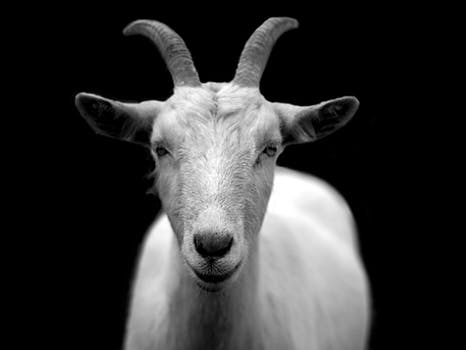 If your reason for getting a goat is milk, you will need to decide if you want quantity or quality. If you are looking for a big milk producer, try a Saanen. These calm goats tend to be white all over and are considered to be the goat world’s answer to Holstein cows. Each day, they have the capability of producing a gallon of milk. Also, their milk is low in protein. If you want the milk for making cheese, you might want a Nubian goat. These goats are high strung and have floppy ears, and they can give you up to 3 quarts each day. LaManchas and Alpines produce milk that is fairly rich. The milk produced by Toggenburgs tends to be thinner, and for creamy milk, you might want a Nigerian Pygmy.
If your reason for getting a goat is milk, you will need to decide if you want quantity or quality. If you are looking for a big milk producer, try a Saanen. These calm goats tend to be white all over and are considered to be the goat world’s answer to Holstein cows. Each day, they have the capability of producing a gallon of milk. Also, their milk is low in protein. If you want the milk for making cheese, you might want a Nubian goat. These goats are high strung and have floppy ears, and they can give you up to 3 quarts each day. LaManchas and Alpines produce milk that is fairly rich. The milk produced by Toggenburgs tends to be thinner, and for creamy milk, you might want a Nigerian Pygmy.
Milk isn’t the only thing people get goats for though. Angora goats tend to be raised for their fur. Cashmere goats for the same reason. Dwarf goats are often bought as pets. Kiko, Spanish, and Boer goats are kept for their meat.
Milk
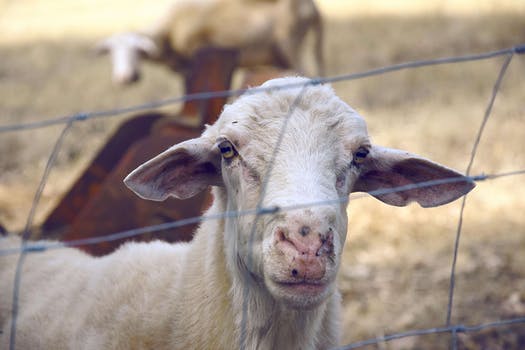 Goats don’t produce any milk until after they have kidded – given birth. Sometimes, they are bred before they are even a year old, but typically, people wait until they are a year old. After a gestation period of 5 months, a goat will give birth to typically 2 or 3 kids. They don’t tend to need any sort of assistance with giving birth, but you should try to be there in case there are any problems. After the goat has given birth, she will need to be milked twice a day and at the same times every day. If the goat only gives birth to a single kid, you might want to allow her to nurse her kid in the morning and then collect your milk in the afternoon or evening, but if your main goal with the goat is to milk her, you will need to feed the kids with a bottle.
Goats don’t produce any milk until after they have kidded – given birth. Sometimes, they are bred before they are even a year old, but typically, people wait until they are a year old. After a gestation period of 5 months, a goat will give birth to typically 2 or 3 kids. They don’t tend to need any sort of assistance with giving birth, but you should try to be there in case there are any problems. After the goat has given birth, she will need to be milked twice a day and at the same times every day. If the goat only gives birth to a single kid, you might want to allow her to nurse her kid in the morning and then collect your milk in the afternoon or evening, but if your main goal with the goat is to milk her, you will need to feed the kids with a bottle.
Most of the time, owners of goats will breed them on a yearly basis. If your goat is already producing milk, once you breed her, you will need to allow her to dry up a minimum of 2 months before her due date. Goats can produce milk for as much as 8 years.
You probably won’t want to have a buck unless you are planning to breed them frequently. They tend to have a pretty ripe aroma, and when bucks are around milking does, the milk will have an off taste. Additionally, once the doe gets in heat, it will take some pretty tough measures to keep the bucks apart from them. If you want to breed your goat, try to rent or borrow a buck when your doe goes into heat. You can always tell because she will be quite a bit more vocal and wag her tail a lot more – especially once she has sniffed what is known as a ‘buck rag’, which is just a cloth that has been rubbed on a buck.
Housing
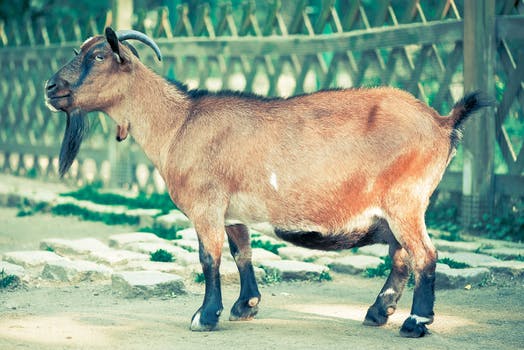 You will need to protect your goats from the elements. In the summer, they will need a bit of shade. In the winter, you will need to protect them from the snow and wind, and you will always need to protect them from driving rains. When it comes to cold and wet conditions, Angora goats are very sensitive. When it comes to the dairy breed, Nubians don’t do very well in the cold when compared to the Swiss breeds like Toggenburgs.
You will need to protect your goats from the elements. In the summer, they will need a bit of shade. In the winter, you will need to protect them from the snow and wind, and you will always need to protect them from driving rains. When it comes to cold and wet conditions, Angora goats are very sensitive. When it comes to the dairy breed, Nubians don’t do very well in the cold when compared to the Swiss breeds like Toggenburgs.
In the US and most of Canada, adult goats will be able to survive in barns even if they aren’t insulated. You just need to protect them from drafts. Thick layers of bedding on the floor of a barn can release heat even during the very coldest months. Just be sure that you keep adding fresh bedding to the pack of manure and don’t muck the barn out until spring.
Newborn goats tend to be very susceptible to colder environments, especially when wet. In those colder regions, you might want to hold off on breeding that will result in kids being born in the winter. If this isn’t possible, dry off the kids very well once they are born, and bring them into somewhere that is heated for the first couple of days. Bear in mind though that kids of even a single day old can leap over baby gates and onto furniture.
If there are any coyotes near you, you should always protect the goats by ensuring that they sleep in the barn each night. You might also want to have a guard animal or two and use coyote fencing.
Fencing
Fencing goats can pose a particular challenge, especially when there are apples or any other type of tasty treat outside the fence, during weaning, and during the breeding season. Goats tend to start every day by walking along the fence trying to find any weak areas, even when there is better food inside the fence than outside it.
Most goats are able to jump fences that are 4 feet tall. Alpine goats can even jump higher ones. If you use sheep fencing or page wire, goats can jump over it, squirm under the fence, or even paw at the fencing until it bends, or staples rip out. When it comes to electric fences, the goats can be smart enough to listen for when the ticking stops before bolting through or over it.

You might have a bit of luck with a page fence that is 4 feet high. Add a couple of lines of electric fencing over that and one strand of electric wire about half a foot above the ground. Be sure that you hold that one away from the page fencing with spacers made from wood. You might also try an electric fence that is highly tensile with as many as 7 strands that are close together near the bottom.
Tethering tends to be easier and cheaper than fencing, but the goats might be miserable, frustrated, or even wind up dead. When goats can find something to scale, they will, and the result can be a goat found hanging from a tree. Additionally, goats that are tethered can’t run from dogs.
Goats are animals who are social. If you happen to tether a few near each other, you will end up with a mess of tangled up goats. On the other hand, if you tether them away from each other, they will be lonely. If you decide to tether them, use one that pivots, move it twice every day, make sure that they have access to both water and shade, and check on them frequently.
As with any other type of livestock, if you tend to rotate pastures, you will be able to reduce the number of issues such as internal parasites. You will also ensure that the land is more productive.
Walking
Whether you know this or not, goats can be excellent when it comes to walking companions. If you take your goats on walks, you will cut down on your feeding bills while requiring less land that needs to be fenced and your flock will be healthier. The goats will have the ability to browse while walking and will be able to choose which types of vegetation they like.
Before you begin walking the goats, you will need to teach them how to come when you call them. This is accomplished by giving them treats, like apples or grain, when they do. Be aware that they have the ability to kill smaller trees, even ones that are 10 feet tall, within a matter of minutes. One goat might lean on it and bring the top of it toward the ground. Once the leaves and smaller branches have been eaten, the goats will proceed to strip away the bark. If you try to run past your favorite trees instead of walking by them, the goats might run with you and pay no mind to the trees.
As fun as walking goats can be, it is only advisable if you live in the country. This is not a good thing to do when you have close neighbors that have unfenced gardens, or roads that are frequently travelled.
Feeding
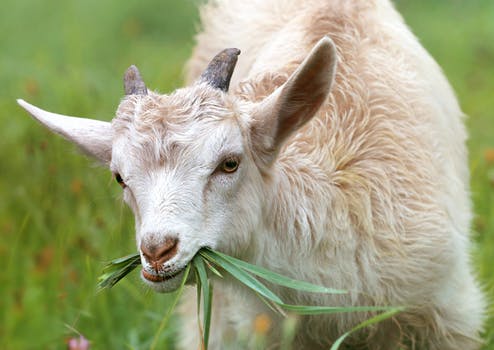 Goats have a notoriety for eating nearly anything. The reality is that they are quite picky eaters. Their reputation might come from nibbling at clothing items, and their preference for things that aren’t eaten by other animals, such as bark on fence posts. Goats love to eat weeds. They can clear a pasture of things like blackberry vines and wild roses before they will go near the clover. When sheep and goats are pastured together, their eating habits tend to complement each other. The sheep will eat things like legumes and grasses while the goats will go for the material that is woodier.
Goats have a notoriety for eating nearly anything. The reality is that they are quite picky eaters. Their reputation might come from nibbling at clothing items, and their preference for things that aren’t eaten by other animals, such as bark on fence posts. Goats love to eat weeds. They can clear a pasture of things like blackberry vines and wild roses before they will go near the clover. When sheep and goats are pastured together, their eating habits tend to complement each other. The sheep will eat things like legumes and grasses while the goats will go for the material that is woodier.
When it comes to hay, goats tend to prefer hay that is weedy, as long as it is more leafy than stemmy. An ideal combination would be something like leafy hay mixed with dandelions, vetch, and a bit of clover. As with any other type of ruminant, you will need to provide them with a mixture of legumes and grass. If you put them in with pure legume hay, alfalfa or clover, they will get bloated. Remember that the better the hay is, the less grain feed you will need.
Goats will waste quite a bit of hay. This is another advantage of keeping your goats with sheep. Goats will tunnel through hay just to get a single leaf from a dandelion. To avoid this waste, you might want to put the hay in a manger that is well designed.
Feeding goats too much grain can also cause health issues. It can lead to things like mastitis, difficult kidding, and other types of health issues. If you want healthy animals, don’t give them too much grain. Aim for things like high milk yields and allow them to get most of their protein from foraging as opposed to grain. When they aren’t in a pasture, adult goats will need about 5 pounds of hay on a daily basis, with a minimum of a pound of grain if you want them to produce milk.
They should also have access to a salt block and loose materials.
Keeping goats is something that can be extremely rewarding – if they don’t frustrate you too much. Just be sure that you care for them as they should be, and they can provide you with milk, entertainment, and companionship.
Sources
- YouTube, Raising Goats: Our Daily Goat Routine
- The Spruce, Tips for Raising Goats
- Mother Earth News, How to Raise Healthy Goats
- Dummies, Raising Goats for Dummies Cheat Sheet















